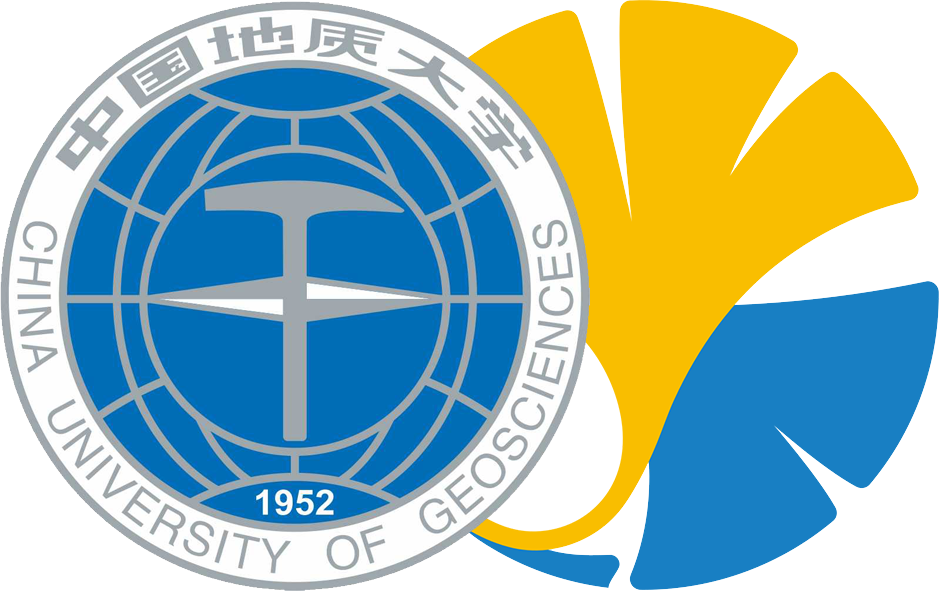Research title:
Crowd Prediction and Simulation in Disaster Scenarios Based on Geographical Foundation Models
Research Outlie:
This project focuses on crowd flow prediction in disaster scenarios, investigating:
- (1) Build a dynamic crowd mobility model, integrating geographic, trajectory, and digital twin data sources, to analyze the impact of extreme conditions;
- (2) Mechanism analysis of disaster impacts and geographical constraints on crowd response within simulated disaster scenarios;
- (3) State transition forecasting with geographical constraints, leveraging virtual simulation for enhanced prediction and early warning capabilities;
- (4) Digital twin-enabled evacuation planning and resilience optimization, validating strategies and informing policy recommendations through scenario-based insights.
Aim of the research:
This project aims to develop a geographical model-based intelligent prediction system for crowd flow simulation and emergency decision support in disasters, effectively leveraging Digital Twin data. To accurately predict crowd flow changes, we will construct a sophisticated prediction model that integrates comprehensive data from geographical environment, disaster dynamics, and crowd movement trajectories. Digital Twin technology will be strategically utilized as a rich data source and a powerful virtual simulation platform.
We will leverage Digital Twins to simulate how factors like extreme weather and emergency measures alter crowd behavior and provide robust data for model validation. The research will rigorously clarify the correlation between disaster intensity, geographical conditions, and crowd evacuation, informed by high-fidelity Digital Twin data. Drawing upon historical cases and real-time monitoring data, enriched by Digital Twin insights, we will generate evacuation plans and verify their effectiveness through simulations. The research results, enabled by geographical modeling and Digital Twin data, can provide essential tools for governments and rescue agencies to improve emergency response, reduce losses, and enhance urban resilience.
Partner Insititution:
日本東北大学災害科学国際研究所
日本東京大学空間情報科学研究センター
Q.E.D.










